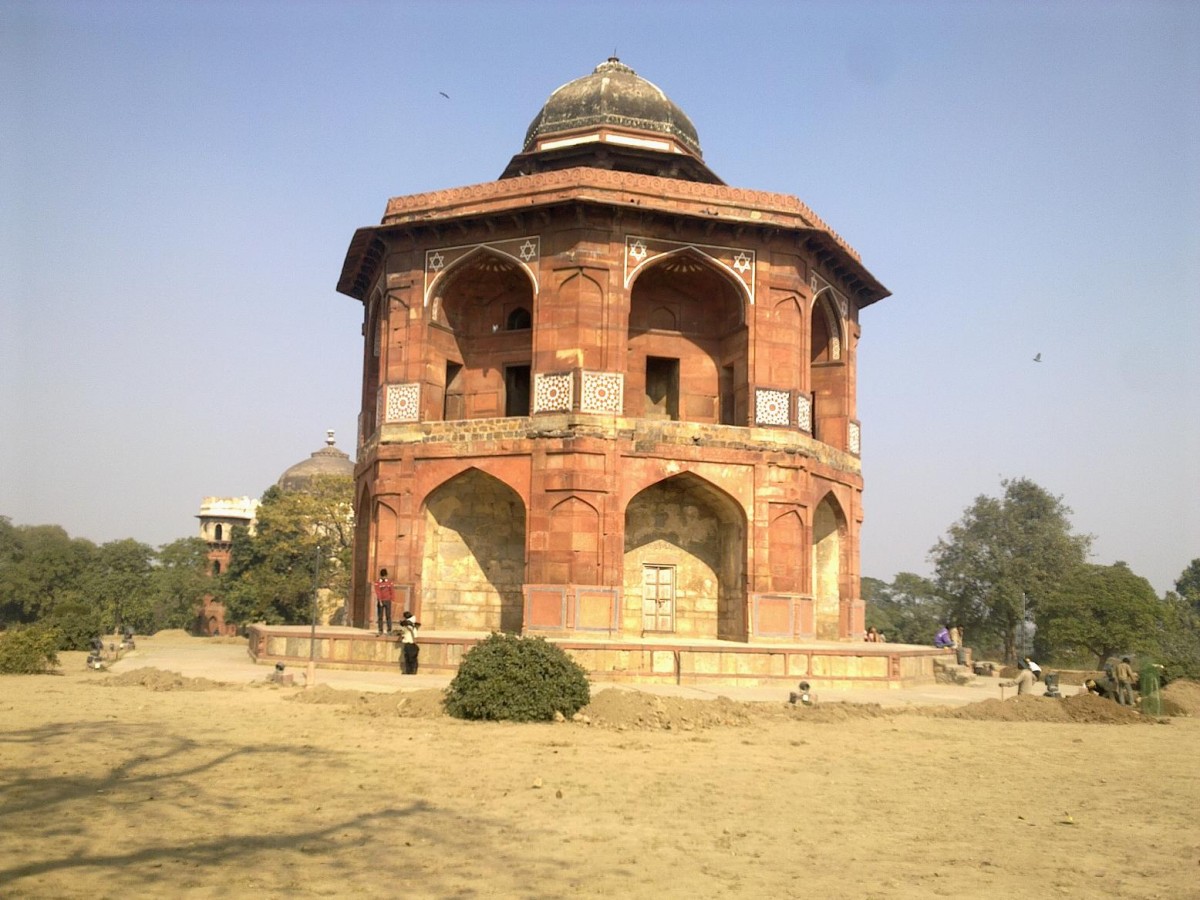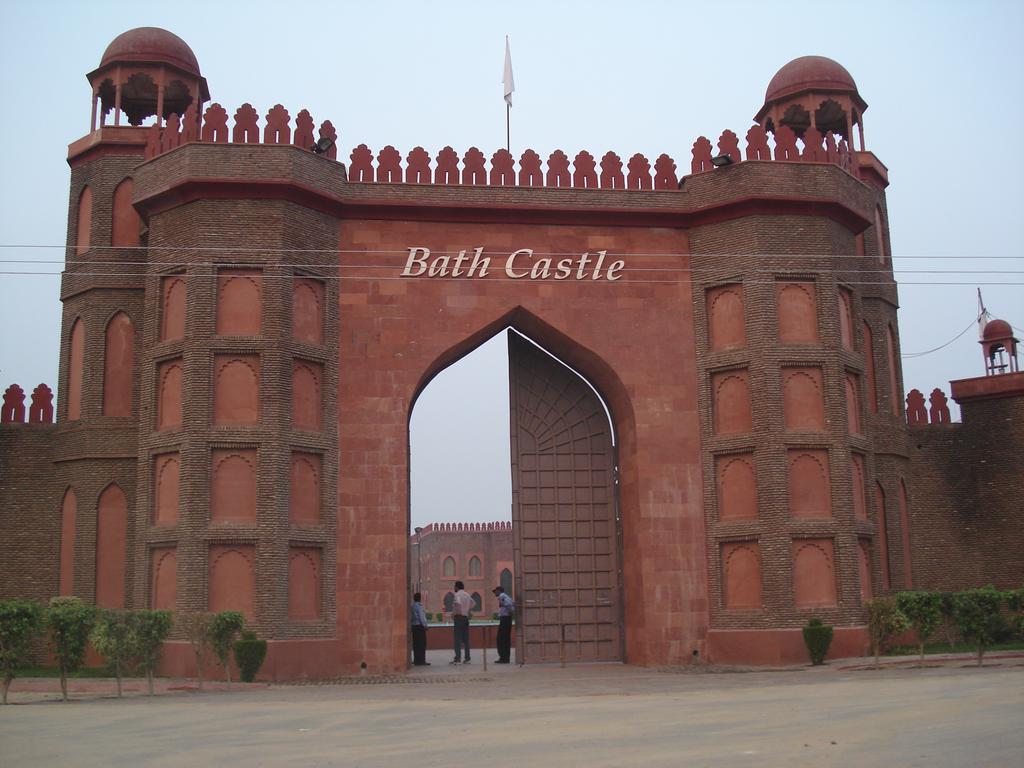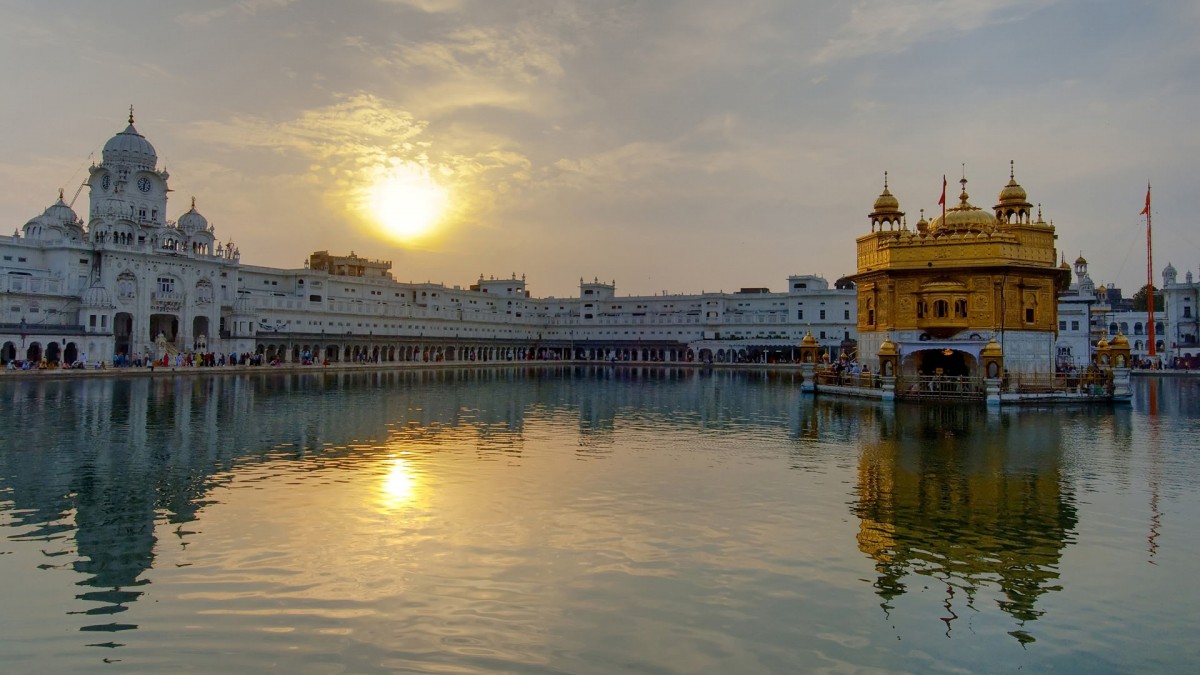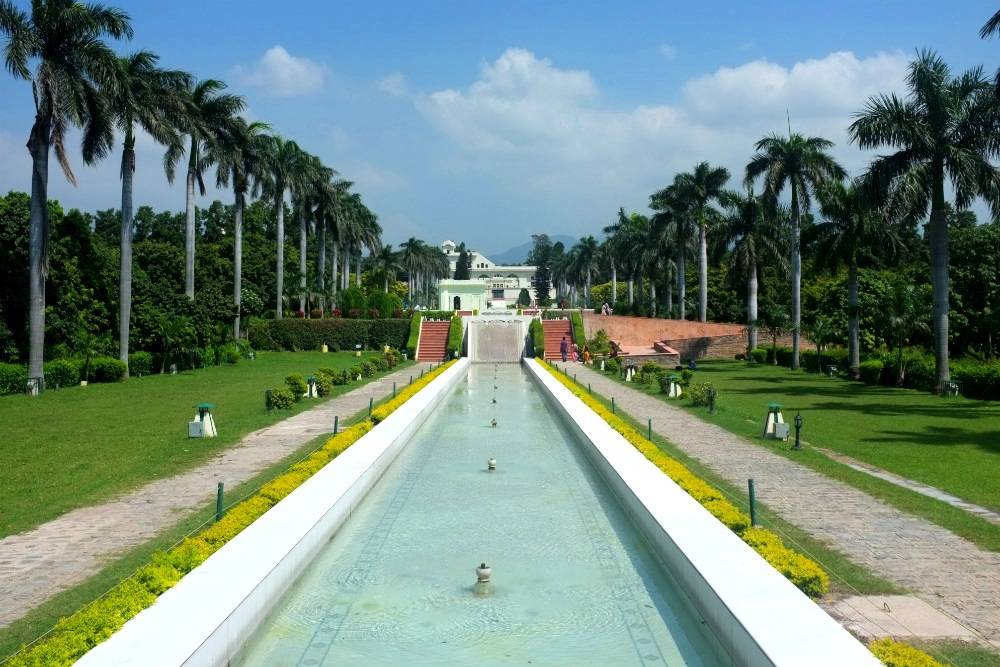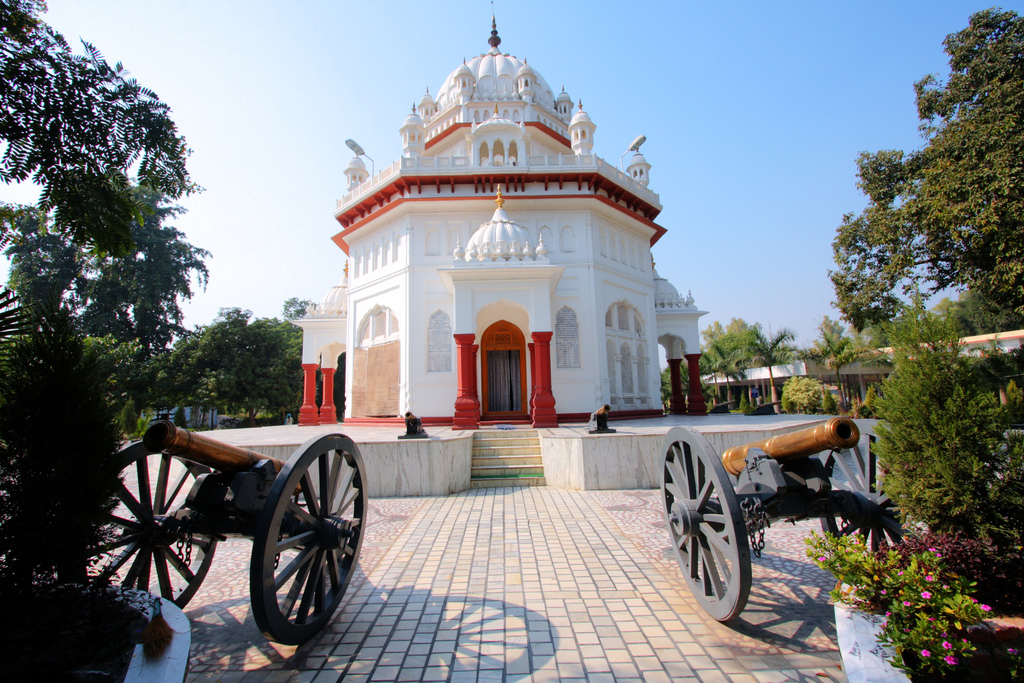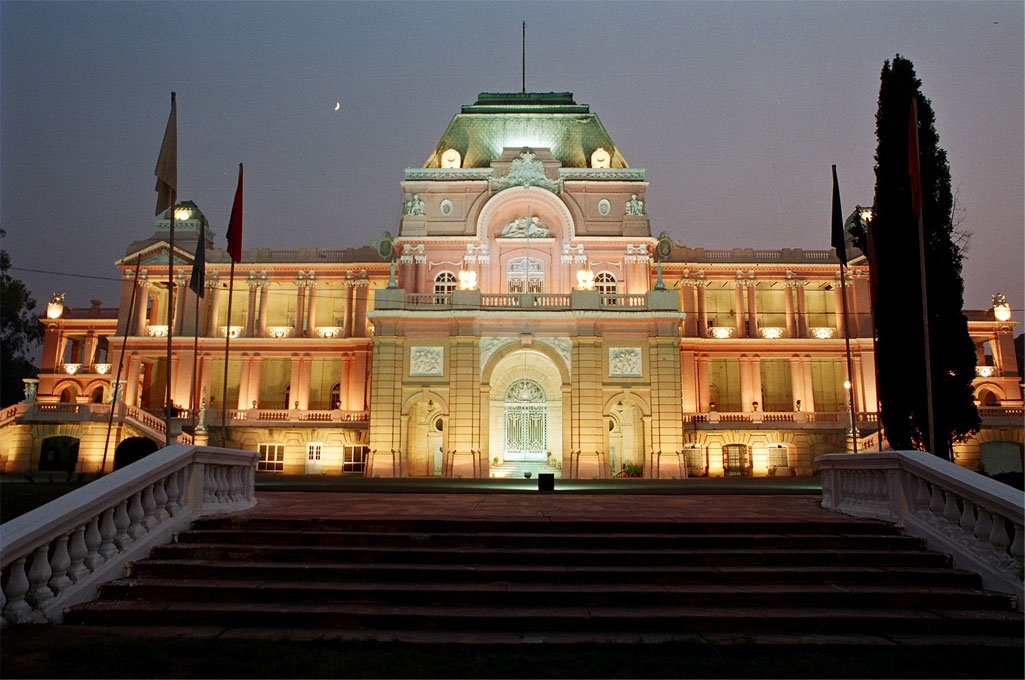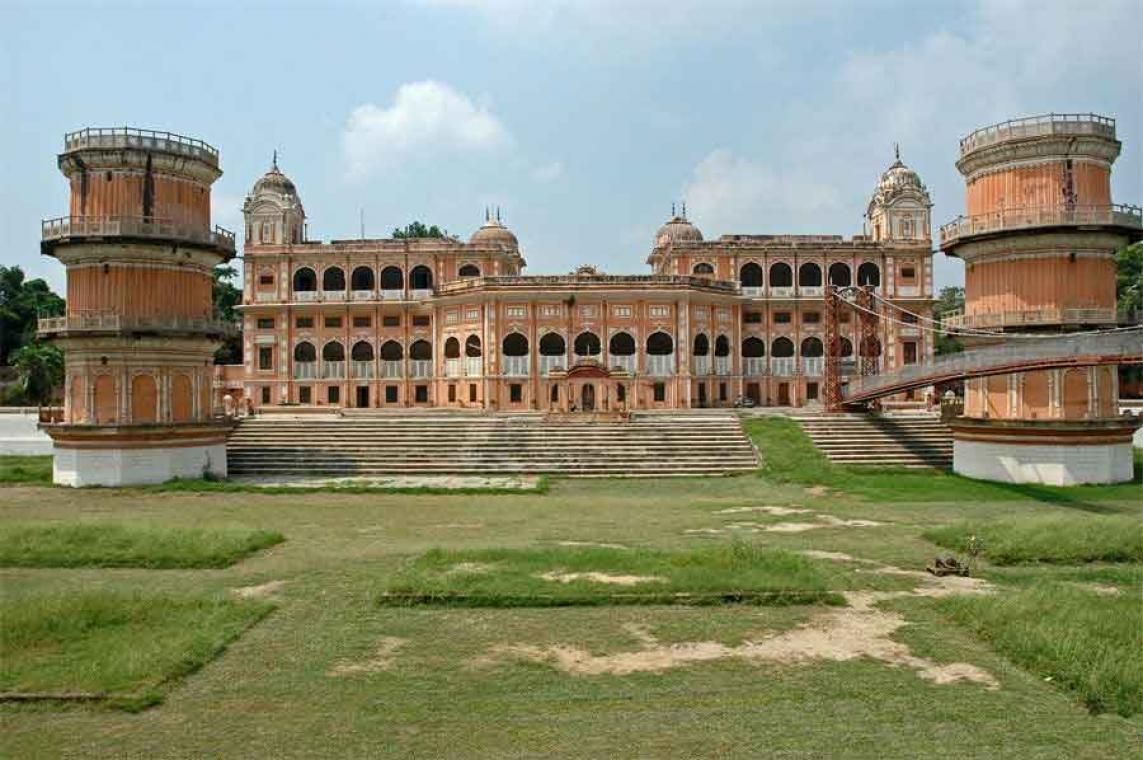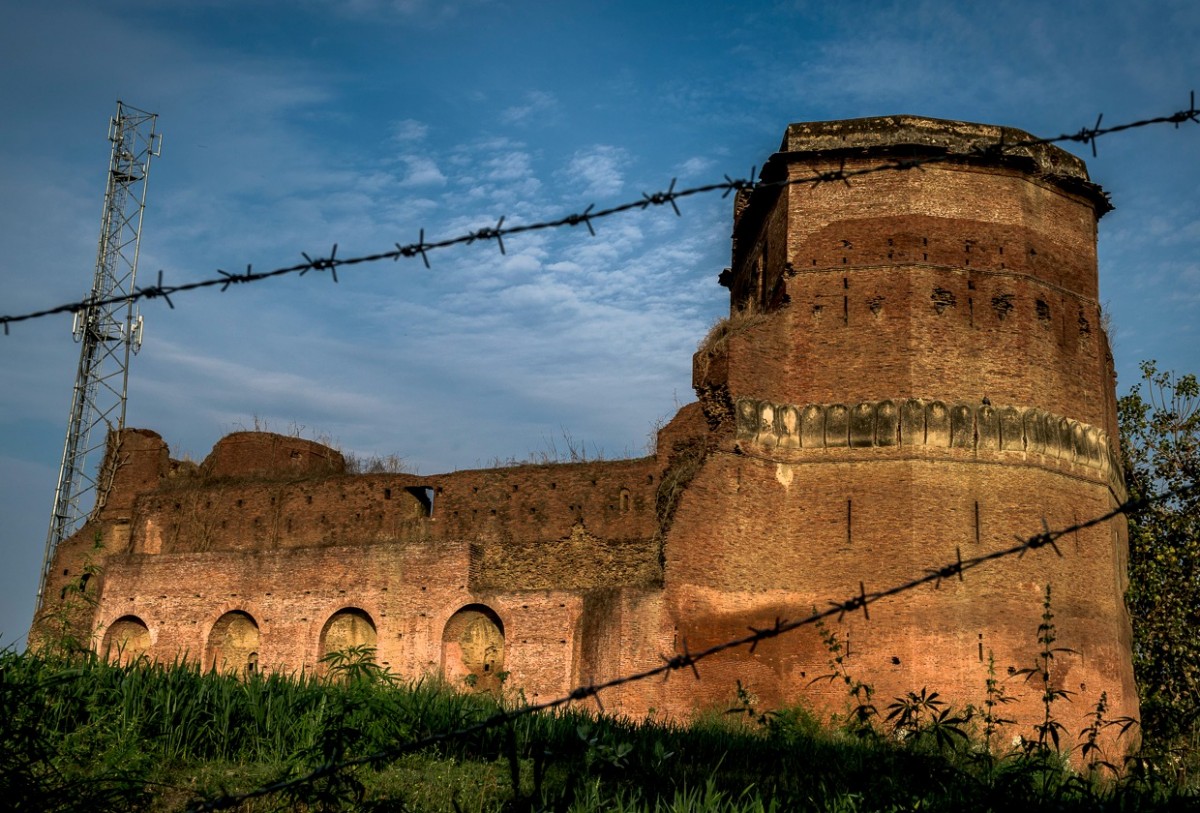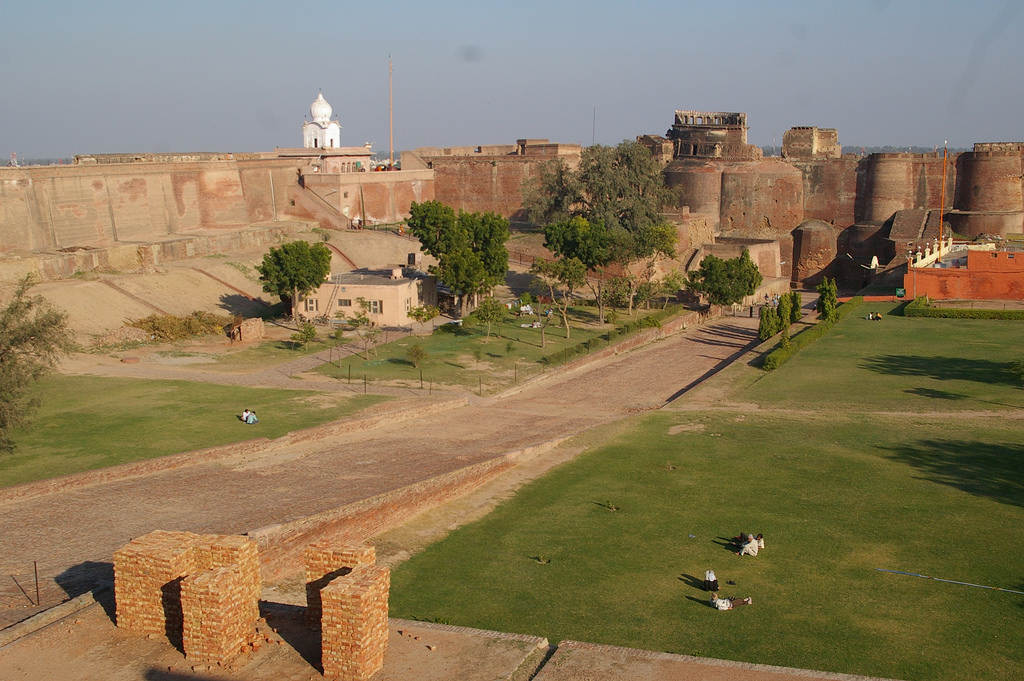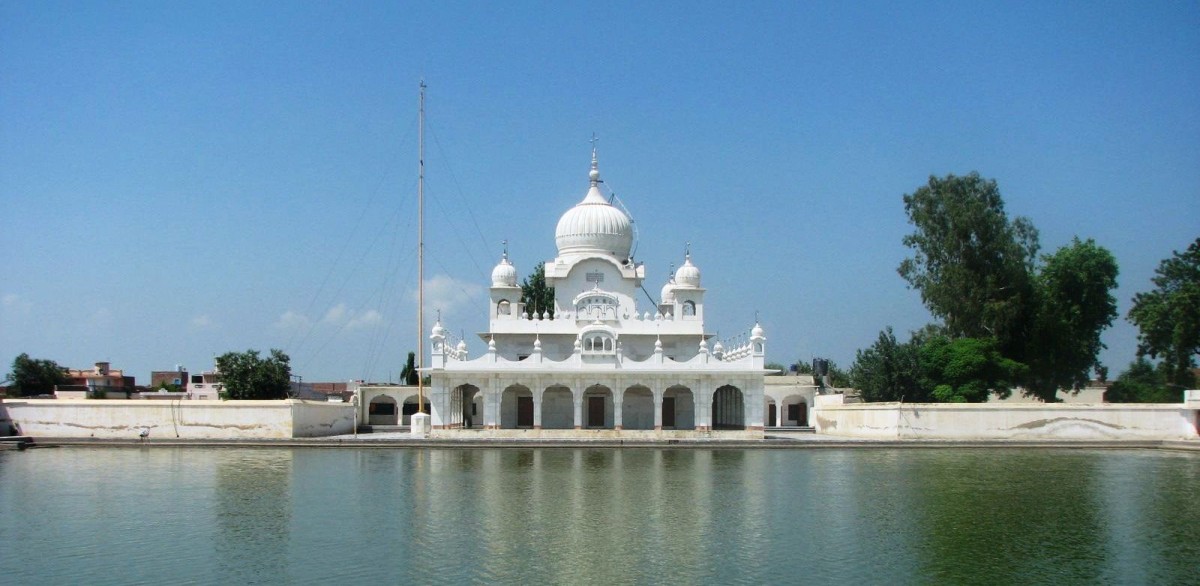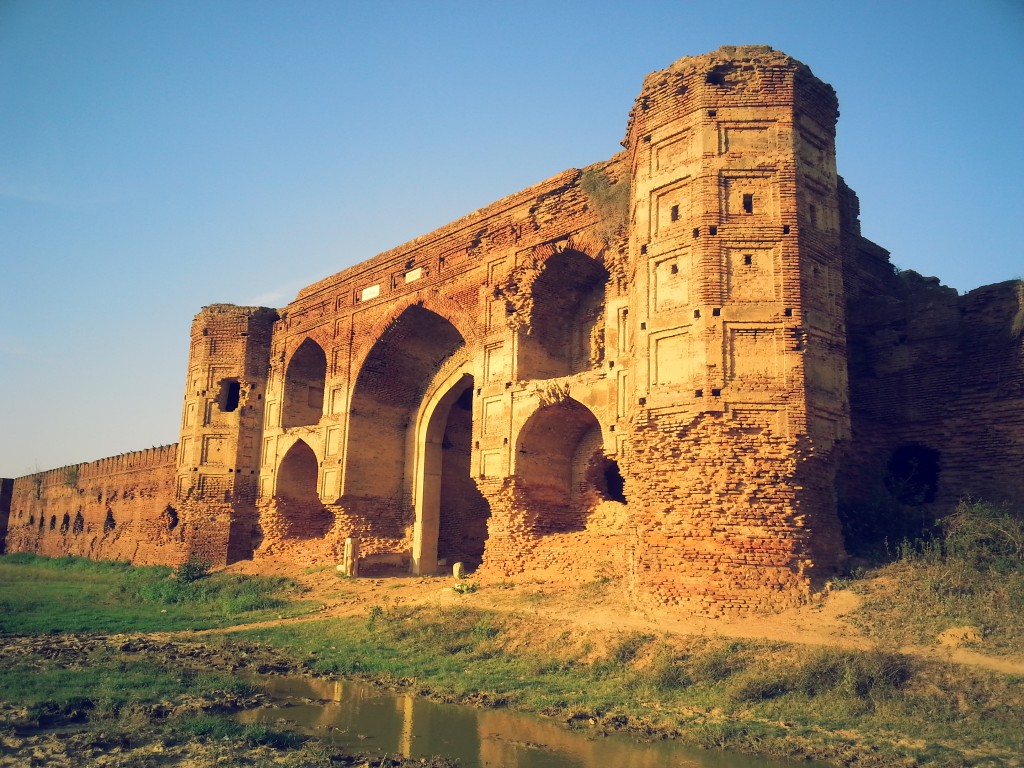
Ludhiana Tourism and Travel Guide
History
From being a small village called Meer Hota in 1481 to later Lodiana and now Ludhiana, the city has never been caught napping. Under theYodhas from the first to the fourth
century, it later came under the rule of Samudragupta. But the Original Ludhianavis settled here much later in the ninth century. There were the Rajputs from the ninth century. There were the Rajputs from the south and then the Turks and the Afghans who took the Bet area of Sutlej on lease from Mohammad Gami. Later, the Sidhus, Gills, Sandhus and the Grewals came from the jungles of Jagraon and camped here.
Early Settlers: Sikandar Lodhi sent Yusaf and Nihang to stop the approaching Baloachs.
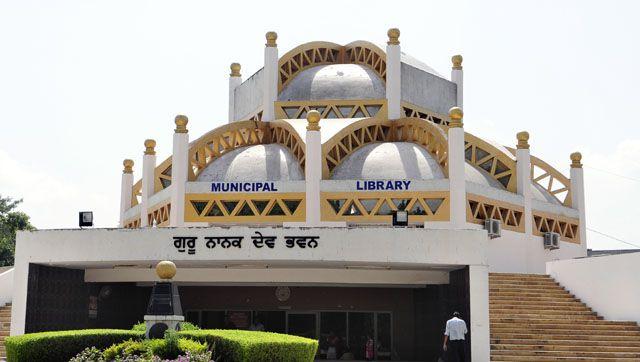
They crossed Sutlej and after defeating Khokhars of Doaba, established Sultanpur Lodhi. Nihang stayed back at village Meer Hota as Naib. He was the one who changed the name of the village to Lodiana. Later, his grandson, Jalal Khan, built the Lodhi Fort there. His two sons Aloo Khan Khijar Khan divided among themselves the area around the fort but were dethroned by Babur who even demolished Nihang’s tomb. That didn’t end the travails of this town. During Akbar’s reign, it was a tehsil along with Tihara.
Hathur, Bhundri, Machiwara, Payal and Doraha. Not many of us know that Guru Gobind Singhji traveled through Jharsahib, Machiwara, Kanech, Alamgir, Lama Jatpura and Lakha and finally at village Dina and wrote the famous Zafarnama in 1806. Maharaja Ranjit Singh also came to Ludhiana twice. On the pretext of solving the Patiala crisis, he won the area around Sahenewal and gifted 54 villages to Raja Bhag Singh of Jind. Diwan Mokham Singh was made the ruler. The Brits too, traipsed along with Capt. Akhtar loni (1809-1815), an English political agent, followed by Capt. Maney and Sir Matton (!833-1838). After the death of Raja Sangat Singh, the Britishers captured 80 villages and Ludhiana came under Assistant Political Agent. During the First English-Sikh War, there were only 4,000 white soldiers. Ranjodh Singh Ladwa burnt this cantonment and looted the English at Baddowal. At Aliwal’s War, however, Henry Smith defeated Ranjodh Singh. The 1857 sepoy mutiny didn’t amount to much as Deputy Commissioner Ricket successfully thwarted it with the help of Nawab of Malerkotla, Nabha patti. The Bet Muslims, however, revolted while urban Hindus and Sikhs remained pro government. In fact, fellow Ludhianvi Rai Kishan Chand Dhandari was the official advocate of the English at Lahore! Bassian Kothi was the biggest armour at that time and many secret agents lived in that area. Maharaja Dilip Singh was also kept for one night at Bassian Kothi. Kaonkey kalan is another of the historical places in Ludhiana where antique coins were found along with
bricks of 12inchX10inch size. It was also the main control area during the English Sikh War, while Chaoni Mohalla was an armament dump. English dug canals for irrigation and they helped their loyals to settle in bars that were vacated after the Partition. Maulana Shah Abdul Kadar led the Punjab mutiny. He was persuaded by blind Jaman Shah to settle here. It’s here that he constructed a house and a masjid at Mouchpura now known as Masjid-do-Manjila.

Jaman Shah would come here daily, bare-footed five times a day, to offer prayers. The Shah signed an agreement here in 1839 and the English crowned him king of Kabul. February 1921 sw Mahatma Gandhi at Daresi Ground in the city. At the end of the year, 3,000 freedom fighters from Ludhiana arrested and sentenced to prison. Another 475 joined the Quit India Movement. Politically, Ludhiana has contributed five chief ministers, namely Bhim Sen Snahan, Justice Gurnam Singh, Gian Singh Rarewala, Lachaman Singh Gill and Beant Singh. The Goa War took 87 of its young soldiers.
Ludhiana Cuisine
Ludhianivis are healthy people with energetic food passion and their food is like the Punjabis themselves, simple, sizeable and hearty with no unnecessary frills or exotic accompaniments. Ludhiana’s tandoori cooking is renowned as one of the most popular cuisines throughout the world. Huge earthen ovens are half buried in the ground and heated with a coal fire lit below it. Marinated meat, chicken, fish, paneer, rotis and naans of many types are cooked in this novel oven and the results are absolutely scrumptious!
Ludhiana has absorbed some aspects of its cuisine from exterior influences. Experts of the cooking say that the gravy part of Punjabi cuisine came from the Mughals. The best popular example is the murg makhani. It served the state well to combine this influence in its cooking since it had a lot of pure ghee and butter. Murg makhani also provided a balance to tandoori chicken, which was dry because it was charcoal cooked. Nans and parathas, rotis made of maize flour are typical Punjabi breads. Of course, over the years the roti has been modified to add more variety, so there is the rumali roti, the naan and the laccha parathas, all cooked in the tandoor.
Winter, in Ludhiana, brings in the season of the famous makki ki roti (maize flour bread) and sarson ka saag(mustard leaf gravy). No meal is complete without a serving of lassi (sweet or salted drink made with curd) or fresh curd and white butter, which is consumed, in large quantities. The other popular dishes, which belong exclusively to Punjab, are ma ki dal, rajma (kidney beans) and stuffed parathas.
Ludhiana’s Punjabi cuisine is not subtle in its flavor. There are no intricate marinades or exotic sauces but it has full-bodied masalas (spices) cooked with liberal amount of desi ghee (clarified butter) always served with a liberal helping of butter or cream. Milk and its products are an essential part of every day cookery; curd and buttermilk are also an essential concomitant with every Punjabi meal.
A predominantly wheat eating people, the Punjabis cook rice only on special occasions. It’s never eaten plain or steamed, for steamed rice implies that somebody is sick. Rice is eaten always with a Bagar (flavoring) of cumin or fried onions with Rajma or Kadhi, Rajma with rice or rice with Kadhi is eaten or holidays or on festive days. In winter rice is cooked with Gur or with peas called matarwale chawal or as a delicacy called Rao Ki Kheer which is rice cooked on very slow fire for hours together with sugar cane juice.
There are courses of certain dishes, which are part and parcel of Punjabi people, and their very mention conjures up the rich flavor of the city. Mah ki Dal, Sarson Ka Saag and Makkee Ki Roti, meat curry like Roghan Josh and stuffed paranthas can be found in no other state except Punjab. The main masala in a Punjabi dish consists of onion, garlic, ginger and a lot of tomatoes fried in pure ghee.
An average day’s meal would generally comprise:
BREAKFAST: Stuffed Alloo Mattar (potatoes and peas) Paranthas and a glass of buttermilk.
LUNCH: Sarson Ka Saag and Makki Ki Roti with onion Chutney.
DINNER: Mah Ki Dal, Bhunna Gosht, Tandoori Roti and Dahi Raita.
How to Reach Ludhiana
Ludhiana city is easily accessible through air, road & rail from the other major Indian cities and states.
Travel from Delhi is best planned ahead by reservation in a Shatabdi train for day travel, which includes the Indian food served onboard. Recently, the Indian railway websites allow E-tickets to be bought using a credit card for use with a photo ID. For more information, see and see for online booking of tickets.
A comfortable, but more expensive option, is to contact a tourist agency and rent a vehicle. It can be hot, grimy, dusty and downright painful to travel in the Punjab Roadways buses, as they do not have deluxe service or air conditioning.
Ludhian Accessibility: The Ludhiana District is very well connected in terms of roadways
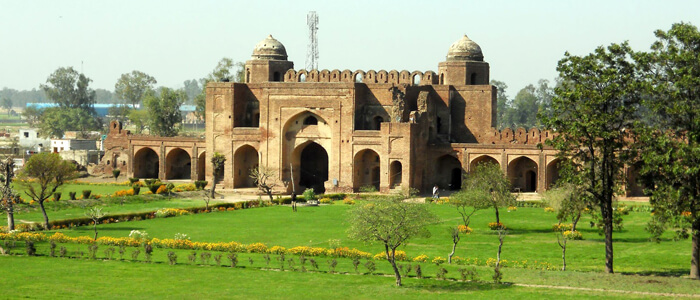
and railways. NH1-Grand Trunk road passes through the city, which connects it to Indian capital city Delhi and to other important cities of Punjab like Jalandhar, Amritsar, Wagha Border etc. NH95 connects the city to Chandigarh in southeast direction and Ferozpur in southwest direction. Other important State highways and major roads also connect the city to various towns of Punjab. Ludhiana lies on the main broad gauge line and is identified as a junction. The city is also well connected by rail network to Delhi and other important cities of Punjab like Jalandhar, Ferozpur and Bathinda.
By Air: The nearest operational airport from Ludhiana is one in the state capital Chandigarh, 100 km away & another one in the Holy City Amritsar. The proposal to build an international airport at Ludhiana has been floated recently.
International links: Raja Sansi Airport at Amritsar (200 Km from Ludhiana)
Indira Gandhi International Airport, New Delhi (325 Km from Ludhiana)
The Domestic airports nearby are: Airport at Chandigarh (110 Km from Ludhiana)
Palam (Domestic) Airports New Delhi (325 Km from Ludhiana)
By Rail: There are regular trains for New Delhi and Amritsar from Ludhiana Railway Station. Fast trains connect Ludhiana to Delhi, Calcutta, Mumbai, Puri, Nagpur, Jammu and other cities of India. The important trains include Frontier Mail, Jammu Tawi and Deluxe Express to Mumbai, Shatabdi Express to Delhi, Utkal Express to Puri and Howrah Mail to Calcutta.
By Road: Ludhiana is situated on the Amritsar-Delhi Grand Trunk Road. New Delhi, Amritsar, Chandigarh & other major cities in Punjab are well linked with Ludhiana through road. The city lies about 305 km northwest of Delhi and is 100 km away from Chandigarh. There is vast network of bus services of Punjab, Himachal, Delhi, Pepsu, Chandigarh, U.P., J&K, Rajasthan State Roadways, apart from private operators. Important road links include Delhi, Shimla, Chandigarh, Rishikesh, Kulu, Manali, Dharmshala, Dalhousie, Jammu, Jaipur and Ganganagar.

